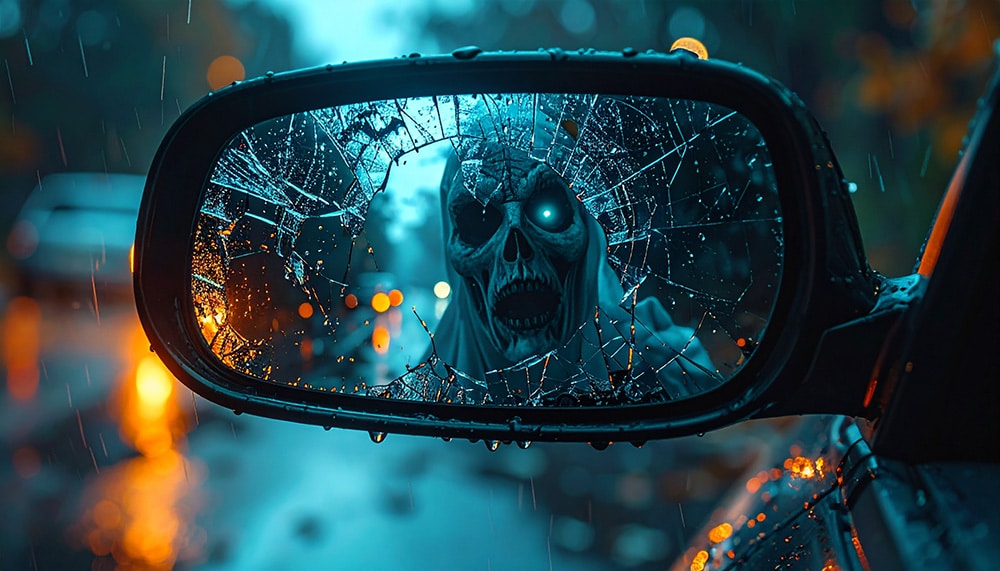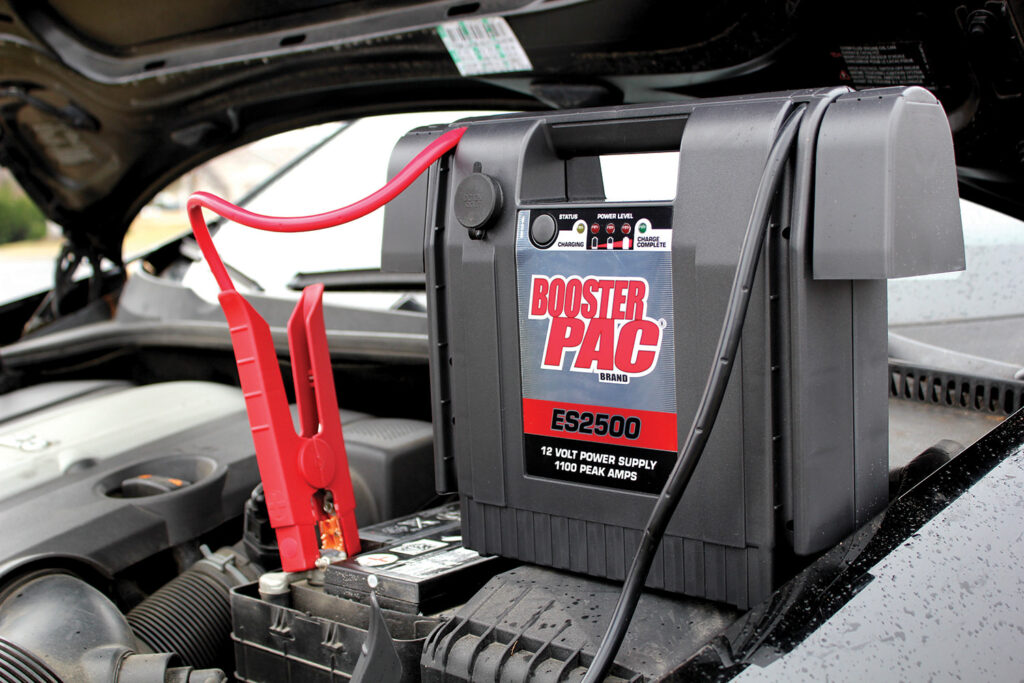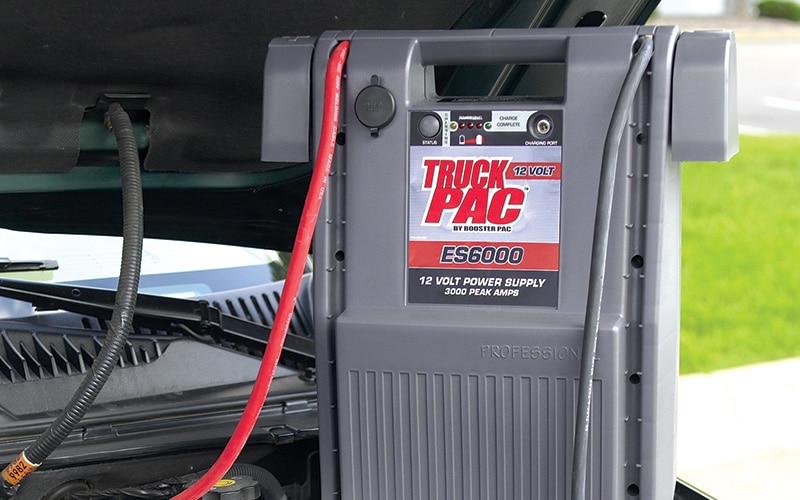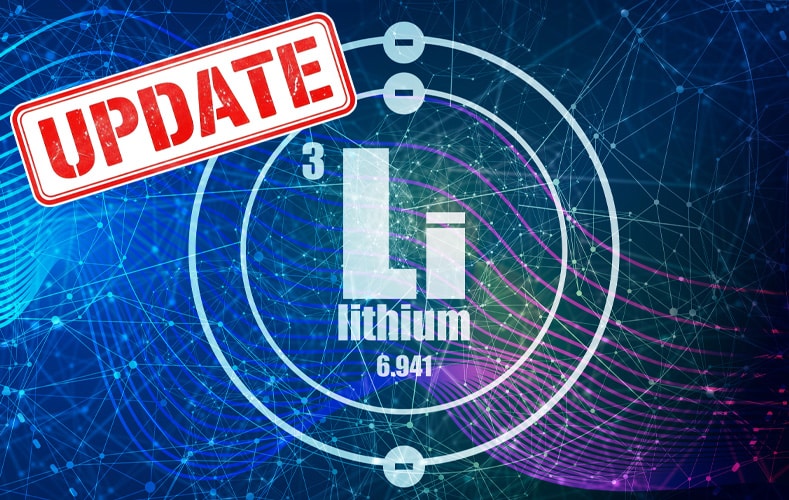
Start-Stop Systems – The Evolution Continues
It has been several years since we touched on the topic of Start-Stop Systems in any significant way. These systems have only gained in popularity in that time, as vehicle manufacturers try to squeeze as much efficiency from their systems as possible. While these systems generally remain the same, like all vehicle technology, they are always evolving as innovations are incorporated into them. This means that the vehicles you’ll service in 2026 will be different from those you serviced in 2023 when it comes to Start-Stop. So, we thought we’d gather some recent resources related to this service area in this month’s article. Prime Time Start-Stop Primer We’re going to start with a well presented and comprehensive Start-Stop article from Jeff Taylor on VehicleServicePros.com. In all candor, it is one of the best articles on this topic that we have ever seen. He starts by explaining why such an article is still needed in 2025: “The Start-Stop system isn’t new anymore, but it continues to confuse both drivers and technicians alike.” He then makes the case for gaining a better understanding of these systems at the shop and technician level in order to tackle these repairs more effectively and efficiently.









